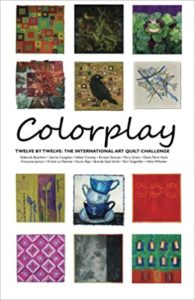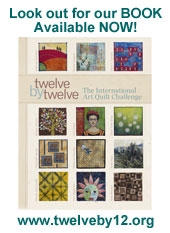
Sometime ago I practiced immigration law. One of my roles was to sit in on interviews with asylum seekers as the Home Office representative, through an interpreter questioned them about the stories they had given in their initial applications for political asylum.
I remember well one man, a small, weather beaten man with hands wrinkled from hard manual work who claimed to be a hill-farming Pashtun from a remote village in Afghanistan. His story related to fear of persecution from the Taliban. The problem was that his tribal area spans the border with Pakistan and the Home Office were suspicious that he was actually an economic migrant just pretending to be Afghan and trying to take advantage of a political situation.
So how do you establish the true identity of such a man in those circumstances? On that day the fresh faced twenty-something civil servant tapped his pen on the desk, leaned forward and, somewhat smugly asked,
"What is the telephone code for Kabul?"
Supposedly this was something every Afghan and no rehearsed Pakistani would know. Unless of course this Afghan lived in a village with no electricity and had never used a telephone.
So, when I began to think about this theme I started with the thought that part of our identity is about where we live and also about what we know about where we live. I also thought about how you prove your identity - here we show bank statements, utility bills and so on, but how do you become identified in a community where none of that matters? I imagine it is much more about kinship and individual characteristics.
So, my quilt features photocopied pages from my journal - a documents which details my more private identity - rolled up and encased in an outer shell of my public identity documents - photocopies of sections of bank and credit card statements etc. They are painted with Stewart Gill Byzantium paints - mostly because they are pretty and I wanted to play with them but also because they were bought for me by my husband but chosen and ordered by my Best Quilting Buddy -and so represent the kinship element of identity. I then signed them.

The resulting beads are distributed between segments of strips taken from a street map of the area I live in. Woven around the beads is a fabric strip printed with phone codes for significant places and people in my life.

The quilt itself is about law, travel and textile art - three activities which themselves form a large part of my self-identity
Oh and by the way, if you call someone in Kabul the number will start with 93 and then one of the numbers fron 20 - 24.



10 comments:
Helen,
As always, I'm fascinated by the story behind your piece, the layers of ideas you've incorporated, and how beautifully you've woven them (literally, this time!) into a finished piece of art.
It's funny -- I played around with the idea of identify documents for a while, working with images of drivers licenses and passports and library cards, eve. I just couldn't find anywhere to take them that appealed to me or expressed my own identity.
But this -- this is fabulous. I love how you've incorporated journal pages to make bead pieces, and how it's all woven together... the idea of weaving to illustrate the way we're made of up different threads is great.
And it is so beautiful! Have to check out those paints!
Helen, you have done it again. That is, combined a compelling bit of storytelling with a compelling image. I am so intrigued with the way your mind works! I can hardly wait, each time, to see how you have interpreted the theme. I know it will be entirely unlike anyone else. (This from one of the nearly identical fingerprint-makers!)
You come up with such creative ideas Helen. This is simply amazing, along with your story. At first glance of your quilt, I thought those were pencils.
I love your story-telling. Proof of identity is such an interesting subject, and yes, what seems like a simple answer to someone in one situation (living with electricity) can be next to impossible for someone else! I like your variety of documents and how you've made them sculptural rather than just laid them out for us to read. Kind of like getting to know someone, you have to did a little deeper into the folds and threads to find the whole story.
Helen, your designs are all so intricate and thought provoking. I know you put a lot of time into them and it really shows. There is so much to absorb in this piece, and there is so much of yourself in it.
Helen, this is a wonderful, original, piece of art - and with so much richness and meaning. As I read your story, though, I couldn't help wondering what became of that poor, work-wrinkled laborer. Did he get asylum?
I agree with Rayna, what happened to that man. Did he know the phone number for Kabul?
This is a very interesting piece with layers of hidden meaning. I love the execution of the beads!
Every time, Helen! Every time you make a quilt, I learn something new! You are such an effective storyteller and always leave me mulling over your stories for ages afterward. This is an intriguing image. I love the little slivers of map and the numbers. Great images!
I, too, wonder about the man? What happened?
Impressive: I love the complexity in the detail with the clean lines of the overall look. I am in awe.
Thank you.
Post a Comment